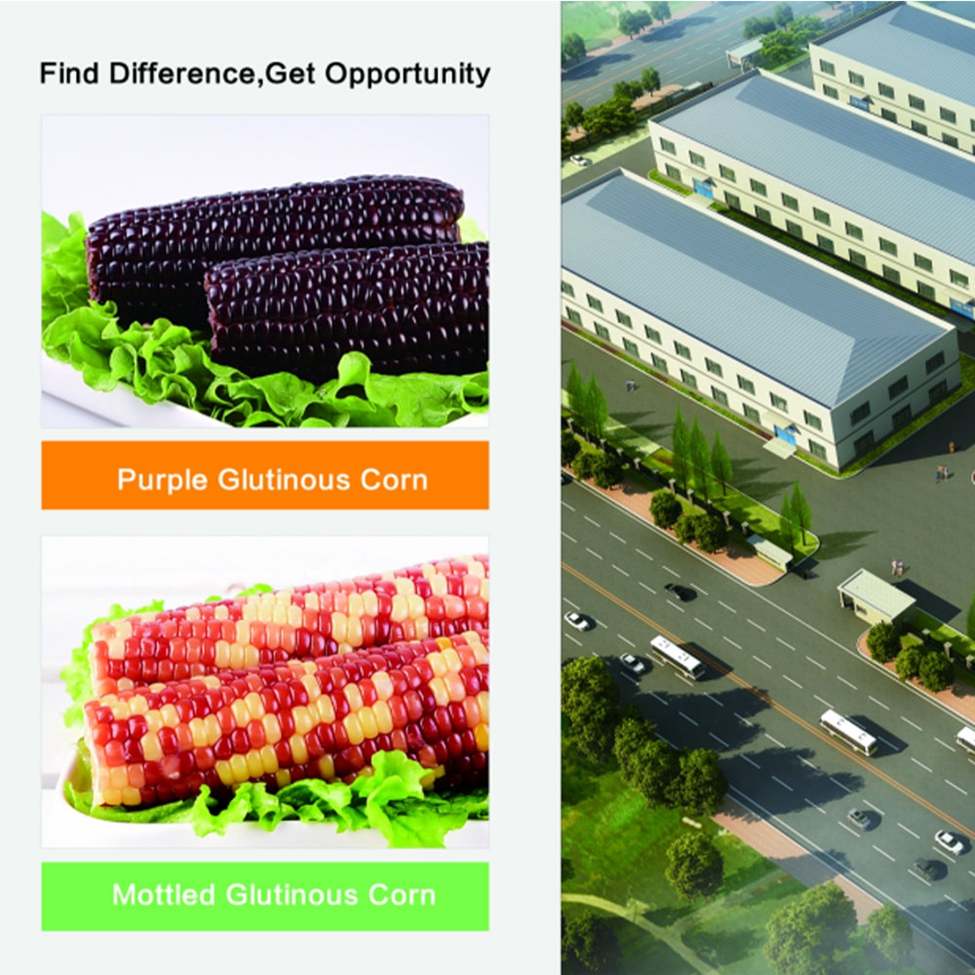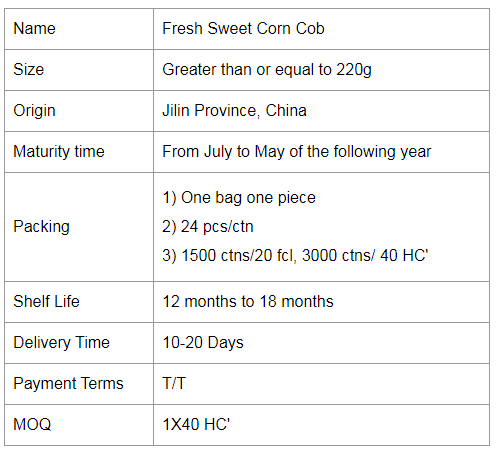Sweet potato slag is a by-product of sweet potato processing. It is mainly used as feed for ruminants of cattle and sheep. It is also used in monogastric animal pigs and poultry. Since sweet potato slag contains various anti-nutritional factors, it is easy to cause diarrhoea and diarrhea when directly feeding animals, and the fresh sweet potato slag has high moisture content, is not easy to preserve, and is easy to mold and metamorphose. Therefore, the sweet potato slag is usually fermented before being used. The taste of sweet potato dregs treated with the jinpi starter was enhanced, and the preservation time was greatly extended. 2 Sweet potato slag raw material fermentation Sweet potato slag is a by-product of sweet potato processing. Like sweet potatoes, there is a problem of low protein content and unbalanced nutrition. Therefore, it is best to ferment with other materials during fermentation. Generally, 75%~80% sweet potato slag is added with 20%~25% of corn, soybean meal, rice bran, etc., and 0.2% of golden baby starter is added. The ratio of corn, soybean meal or rice bran and sweet potato residue can be based on the water content of sweet potato residue. Feeding animal characteristics and other actual conditions to make appropriate adjustments. The humidity of the material to be fermented is between 60% and 65%. Specific judgment method: grab a handful of fermented material, finger watermark, but not dripping water, loosen the floor that is able to spread to the appropriate. If the water content is too high or too low, it is not conducive to fermentation, the water content is too high, and the permeability of the material is poor, which can easily lead to the growth of spoilage bacteria and cause fermentation failure. When the water content is too low, the material fermentation is slow. Then the sealed fermentation is performed, ie, the material and the golden baby starter are mixed well and then put into a fermentation tank, a cylinder or a plastic bag, covered with a plastic film, sealed and fermented at natural temperature for 2-3 days, etc. Drink when you have alcohol. When fermenting ingredients, the more corn flour is added, the stronger the aroma of the wine, the less corn flour is added, the more acidic and fragrant the flavor is. After the fermentation product is dried, the color is dark brown-yellow or brown, the color is uniform, and the fermented sweet potato slag is unique. Smell. Recommended reading: Ready-to-eat Single Packed Sweet Corn
The factory is located in Gongzhuling City which known as "Hometown of Corns in China", it is one of the top three golden corn belts in the world far away from pollution.
If you have any questions, please contact us directly. Welcome to visit our factory, if you have any questions, please email us directly.
Sweet Corn Cob Varieties,Sweetest Sweet Corn,Sweet Corn Maize,Sweetened Corn Cob Jilin Province Argricultural Sister-in-law Food Co., Ltd. , https://www.nongsaocorns.com
1 The status of sweet potato slag processing China has a lot of sweet potatoes. Every year, a large number of sweet potatoes are processed into vermicelli (silk) and various sweet potato foods. The processing of a large number of sweet potato slags has become a headache for China's food companies. At present, most of the companies deal with sweet potato slag by landfilling and crushing and then discharging it into waters. This means that the environment is polluted and resources are wasted. Foreign sweet potato slags are added to cattle, sheep, pigs, poultry and other animal feeds, especially in ruminant animal feeds. Now China is also studying the nutritional value and application effect of sweet potato slag. The moisture content of fresh potato residue is as high as 80%, which is inconvenient for drying and transportation. If it is not handled in time during the production season, it occupies the site and it is easily spoiled and deteriorated, which not only affects the utilization of raw materials. It also caused environmental pollution. However, the use of drying not only reduces the nutritional value of the feed, but also fails to meet the animal's need for balanced nutrition. It also makes feed costs too high and it is difficult to maintain in the long term. Therefore, the sweet potato slag is used as a feed for livestock and poultry to be subjected to fermentation treatment, and the raw material is generally fermented.
3 Advantages of sweet potato slag fermentation
1) Improved Nutritional Values ​​Studies have shown that, compared with unfermented sweet potato slag, the digestibility of dry matter in fermented sweet potato scum is increased by 13%, metabolic energy is increased by 16%, digestible protein is increased by 29%, crude fiber is reduced by 30%. And as a carrier of probiotics, fermented sweet potato slag contains a large number of beneficial microorganisms and their metabolites, and contains a large number of beneficial factors to improve animal resistance. In addition, the anti-nutritional factors in the sweet potato slag after fermentation were largely decomposed, greatly improving the nutritional value of the sweet potato slag.
2) Improve the palatability of the feed The content of crude fiber in the sweet potato slag is high, which affects its palatability. After fermentation, the crude fiber content of sweet potato slag was reduced by about one-third or more. Animals loved food more, promoted appetite and increased the secretion of digestive juice.
3) Prolong the storage time Sweet potato slag has high water content. Unfermented sweet potato slag can be stored for up to 3 days. After fermentation, sweet potatoes can generally be stored for more than one month, which greatly extends the preservation time. If it can be strictly sealed, compacted or dried, it can be stored for more than six months or even one year.
4) Saving the feed cost The nutritional value of the fermented sweet potato slag is improved. It can replace some of the protein raw materials, saving feed costs, improving the disease resistance of animals, making animals more healthy, and better exerting their production performance. Xiangqing can consult: Beijing Huaxia Kangyuan Technology Co., Ltd., telephone toll-free hotline
Benefits of the value-added products of the fermented potato feedstuffs to the animals Production methods and precautions of the sweetpotato fermented pig feedstuffs
Jilin Province, as the main corn producing region in China, is also in the main grain exporting province of the country. It has been the first in China in terms of total corn production and commercial grain rate. There has the mosst excellent soil and climate which are suitaable for corn growth. The corns there have high yield and excellent quality, are ideal raw materials for processing fresh sweet and waxy corn.Corn planting in the Northeast region is mostly one crop a year, and spring sowing is mainly based on clearing, which accounts for more than 50% of the corn planting area in the Northeast.
In addition to clearing, the importance of corn in crop rotation cannot be ignored. Rotate crops with sorghum, millet, soybeans and other crops to improve crop yields.
Affected by climatic characteristics, the choice of corn varieties in Northeast China is to choose varieties with moderate maturity or early maturity, and at the same time have the characteristics of low temperature tolerance and high yield.


